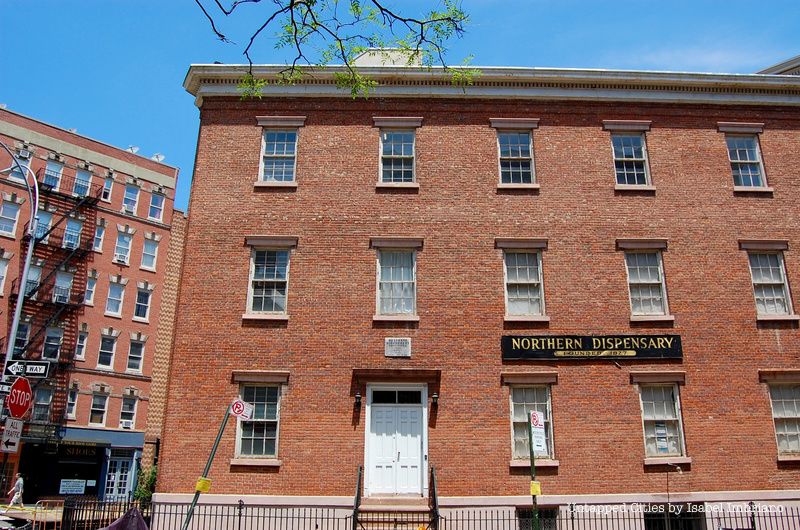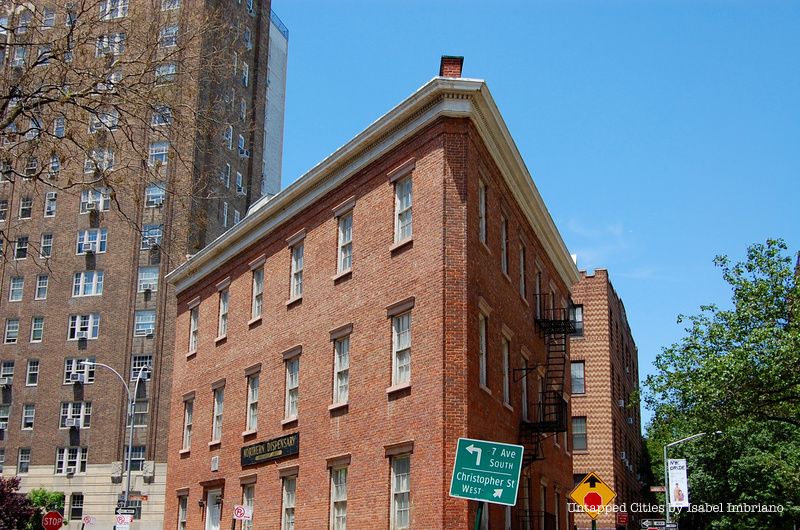NYC Just Had Its Worst Year for Brush Fires this Decade
As brush fires continue to rage in the New York area, data shows that they’ve become more prevalent in recent years.



A peculiar building sits in Greenwich Village, a beacon to a bygone era of New York. Wandering the neighborhood, you might notice a triangular structure clad in an old fashioned black sign with gold writing, which reads “Northern Dispensary.” It is bordered by Waverley Place on two sides, Christopher Street on one, and Grove Street on the other. From a distance, it seems to fit in with the other buildings, but when you get closer, you realize that it is empty.

The fate of the Northern Dispensary—so called because when it was built, the area made up the northern part of the city—is unknown due to an ever looming deed. The dispensary was built in 1831 with the purpose of housing and aiding the poor and sick, and the the deed states it must always be used for that purpose. According to Forgotten NY, the dispensary once treated Edgar Allen Poe for a cold.
After years as an infirmary, the building eventually came to house a dental clinic. However in the 1980s the dental clinic was sued and closed following a refusal to treat a man stricken with AIDS. Following a push by New York State officials, in 1989 it became a center to house and treat aid patients under the auspices of the Roman Catholic Diocese of New York.
In 1998, the property was bought by real estate mogul William Gottlieb. The NY Times reported that if you simply saw him walking, he would look like a bum. Rather than a briefcase, he used plastic shopping bags; instead of a fine tailored suit, he wore baggy clothes; and finally, instead of a limo he drove an old beat up car. The property, as with many of his others, remained untouched and unused.
Today, the deed belongs to Gottlieb’s nephew, and real estate company principle Neil Bender. Much of the building has been repaired and restored in the past year, though the use still remains unclear. This is mainly because of the 19th century deed, both making it difficult to find a new use for the building and devaluing the property. Locks adorn the gates on all sides today and much of the structure’s interior appears empty.
Get in touch with the author @spencercnyc
Subscribe to our newsletter